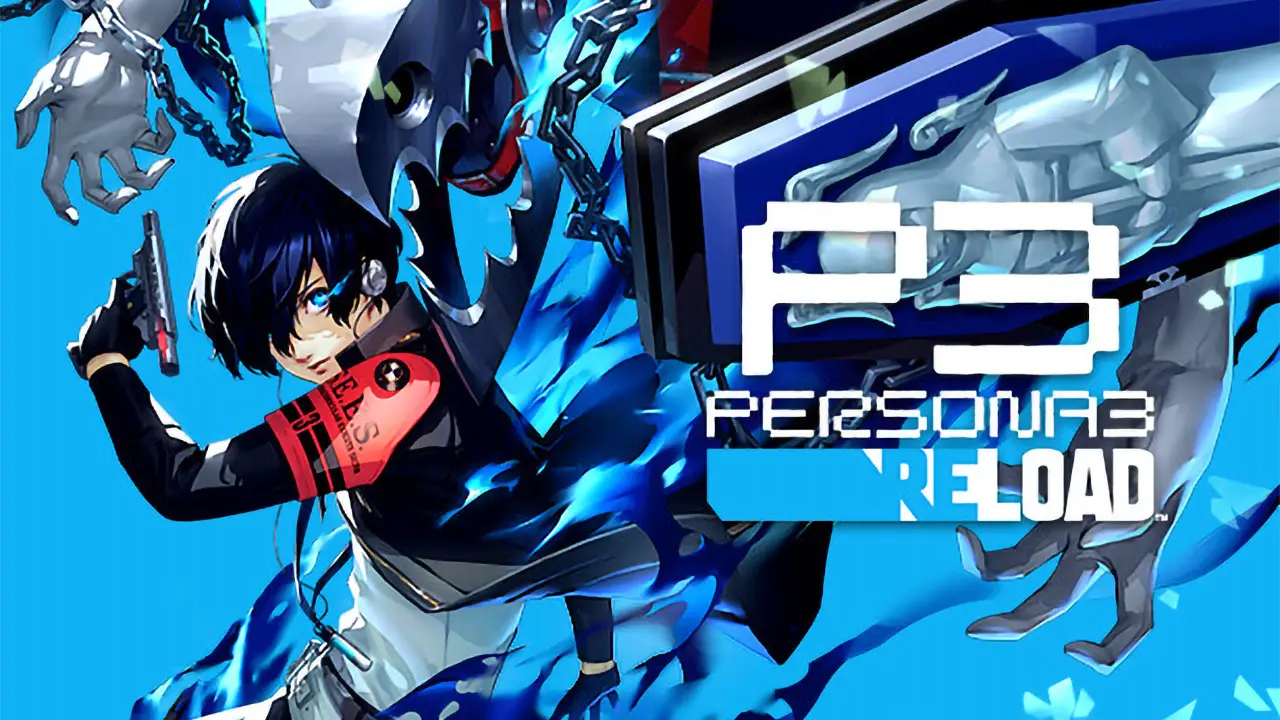You wouldn’t believe this if I told you, but I have never really been a fan of the Persona games. That’s not to say they aren’t good games, but every time I have tried one, I have never been fully into it. From my first Persona, Persona 4 Golden on the PS Vita, to Persona 5 Royal on the Xbox, I have been unable to get into the games, no matter how much I tried.
Sure, I enjoyed the occasional spinoff like Persona 5 Tactica as I do enjoy a good tactical game, but the main ones I had been meh on. You would think this would sway me from any new games in the series, yet here I am again trying another Persona game, and boy, am I glad I did because Persona 3 Reload has got to be one of the best and easiest to get into for new players.
Story
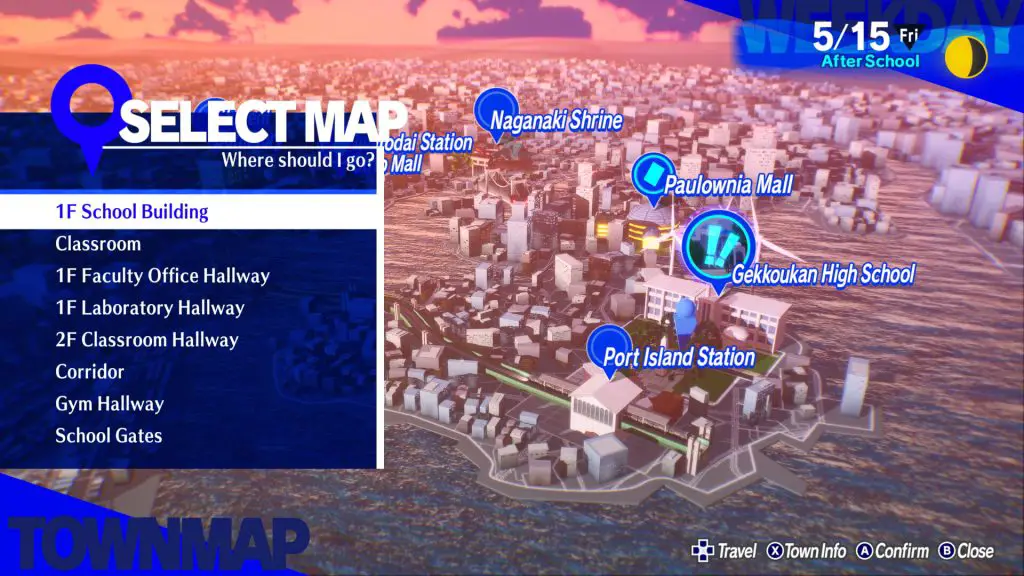
Persona 3 Reload takes place in the fictional Japanese city of Tatsumi Port Island in 2009. In Persona 3 Reload, players take control of a young transfer student returning to the city he was born in, except on his arrival, which does not seem as it seems. Our young protagonist finds himself in a strange dorm where a young boy tells him to enter his name, which is our cue to enter our player’s name. Not long after, the player meets two young women who seem suspicious.
They explain to him that there was some mix-up and that he is staying in a co-ed dorm. Unknown to him at the time, there is more going on here than these two young ladies first disclose. However, it doesn’t take too long for the protagonist to find out that he is a special persona user who can use many different personas, not just one.
From then on, the protagonist finds himself at the center of a strange new world within their world, which only happens during the fabled 25th hour, known as the Dark Hour. Within the Dark Hour, most people have no recollection of its existence except for Persona users. It is the hour surrounded by mystery and conspiracy.
Gameplay
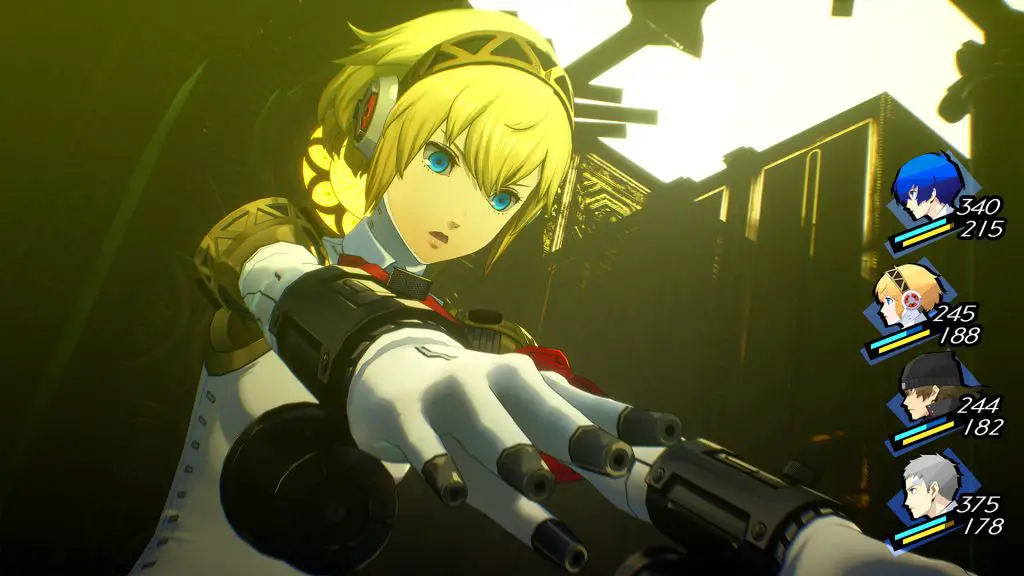
Persona 3 Reload is the second remake of Persona 3 (the first being Persona 3 Portable) and remakes the game from the ground up, incorporating the Persona 5 Style of graphics and gameplay elements. This means that it is a remake of the original PS2 version of Persona 3 and not of the most recent remake, which hasn’t been done before. Because of this, certain features available in Persona 3 Portable aren’t available here, like having a female protagonist being one of them.
While it does suck that a large portion of what made Persona 3 Portable so great has been cut out, it does have its benefits, like it being one of the most accessible Persona games for a newbie to get into. Combat, while still turn-based, feels fast and fluid, and the story beats of the game progress in a way that feels fast, even though it turns out you have been playing for over 30 hours and still want to play more, which is a first for a Persona game for me.
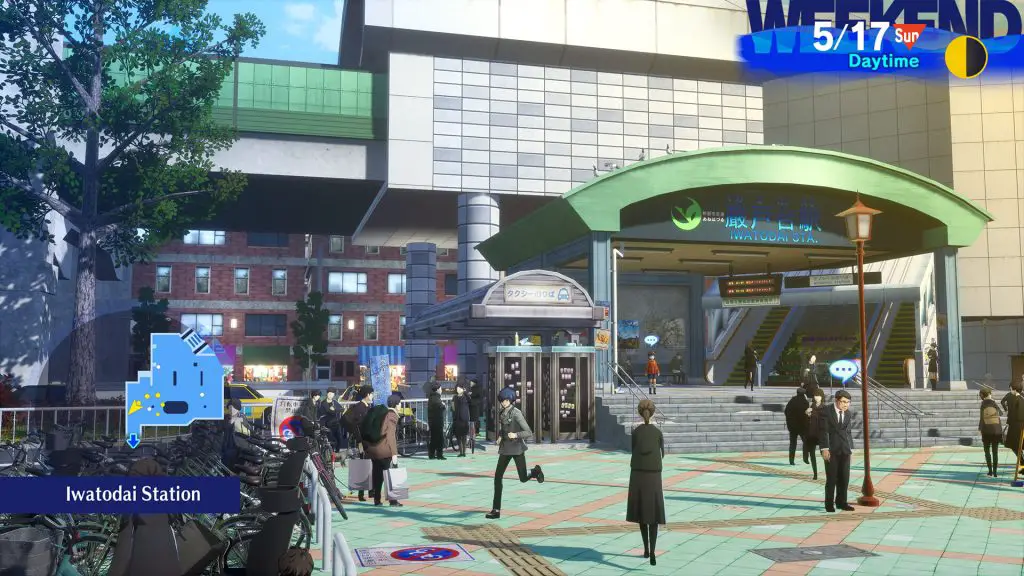
Most of Persona 3’s gameplay combines traditional RPG goodness with social simulation. In the daytime, you will be doing the usual school things like hanging out with friends, taking tests, and more, while at night, you will mostly be tackling the Tartarus, a large tower that only appears during the 25th hour. This is why Persona 3’s gameplay feels like it keeps moving. In most cases, each day comprises two halves: the daytime/afterschool half and the evening half.
You go to school in the daytime, and depending on the day, you may get a cutscene during class; sometimes, this may lead to a question you must answer, and sometimes not. After the occasional daytime stuff, the day moves to after school, or it may just start after school; either way, after school is where most of the social interaction stuff happens.
Once the afterschool stuff is done, we are in Evening territory, which is when the dark hour stuff happens, but there are other things that can be done during this time. That’s pretty much all you will be doing throughout most of the game, which doesn’t sound that fun, but I assure you, it is more addictive than it sounds, and I don’t say that lightly.
Back to School
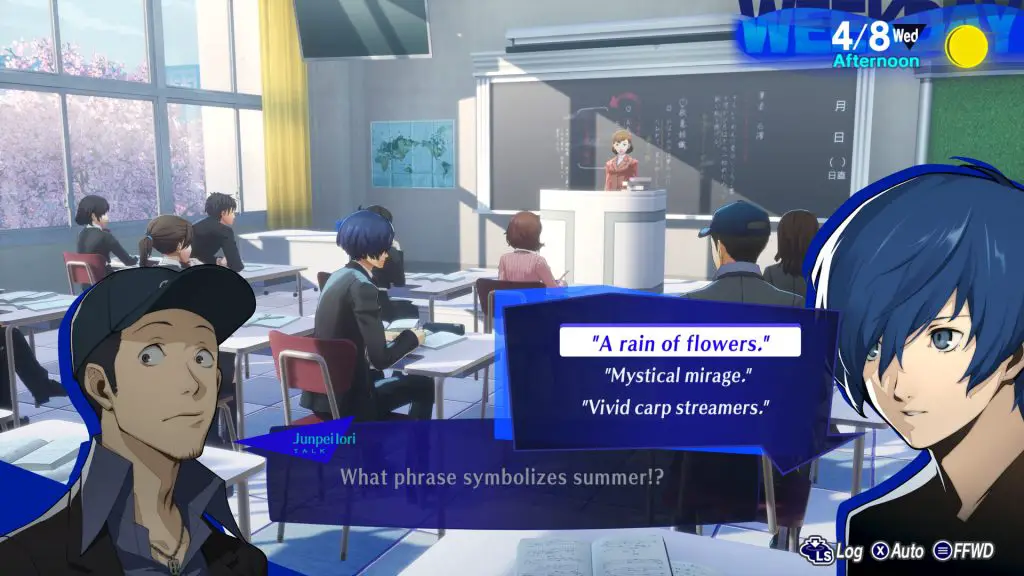
As I mentioned in the previous paragraph, half of your time in Persona 3 will be spent during the day, but what exactly do you do during this time? A lot, actually. A typical week in your character’s life consists of six days at school and one day off. In a typical week during the day, there is one goal, and that is to get your social links up. You thought I would say go to school, didn’t you? But for a game set in a school, you don’t technically spend much time there, if you know what I mean. Instead, after a quick transition between day and after school, you will find yourself in your classroom at the end of the day most of the time, giving you ample time to hang out with one of the many people you can interact with.
Once you hang out with someone, it progresses from day to evening, which means it is best to do non-time-moving things first before hanging out with friends, like buying new weapons or something else. Each Social link is connected to a type of Persona; for example, the gamer friend is connected to the Hermit Persona types, and each time you hang out with her and level her up, it increases the XP you earn when fusing two Personas that creates a Hermit type.
While social links usually are your main priority during this time, they aren’t the only aspect that will progress over time, as there are hangout spots or jobs you can also do during this time that will increase your social stats. Things like going to the movies or working at the movies have a chance to grow one of your three Social Stats, which in turn are needed to find more social links to hang out with, as some require the player to have a certain level in either Charm, Courage or Academics. Unlike the Social Links, which are mostly found during the day, the player has more chances of increasing their social stats as there are a few activities they can do at night that can help. However, at night, your primary focus will be the Tartarus tower.
Higher and Higher
It wouldn’t be an RPG without some turn-based action. Persona 3 has got that covered within its only dungeon, the Tartarus Tower; this is where the player will mostly spend their time levelling up, fighting monsters and doing all the usual RPG stuff. If you haven’t played a Persona or Shin Megami game before, don’t worry; this one is easy for beginners to get into. Like the other games in the series, Persona 3 contains turn-based battles. The battles use Personas, which are demons that are summoned by each character when activating their powers, which contains characters shooting themselves in the head to activate, which explains the game’s warning at the start.
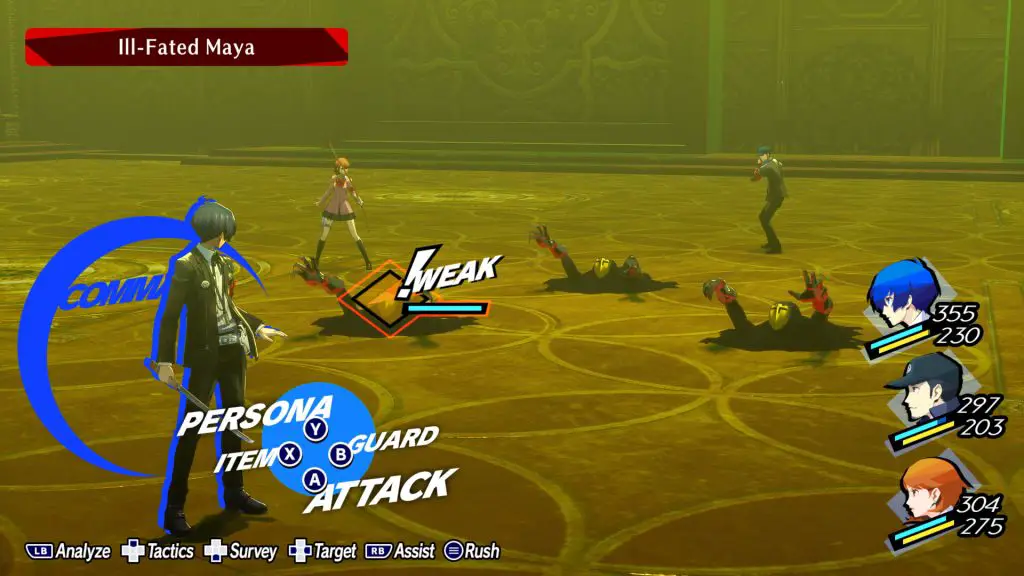
To make it easy for any turn-based RPG fan, Persona 3 does have the usual elements that most have, like ambushing or being ambushed by enemies, enemy weakness, powers, and all the other normal stuff. It also has All-Out attacks, which can be performed when all enemies have been dazed, usually when they are hit with weaknesses or critical hits. Theurgy attacks are a character’s ultimate power and can be activated when a bar is filled. Unlike All Out attacks, Theurgy attacks unlock a tad later in the game, but when they do unlock, it is worth doing as they ignore enemies’ stats against said type, meaning enemies that could block a standard ice attack will still get defeated or lose health with this power.
The Tartarus may be the only dungeon in Persona 3 Reload, but it won’t be the only place battles will occur. During the full moon phases, special shadows will appear (bosses), which are much stronger than the shadows you have been fighting in the Tartarus. It is basically what you and your team have been preparing for each time, and it is why heading to Tartarus is so essential, especially during the early stages of the game, as it helps you level up and find new Personas for your main character.
Personas
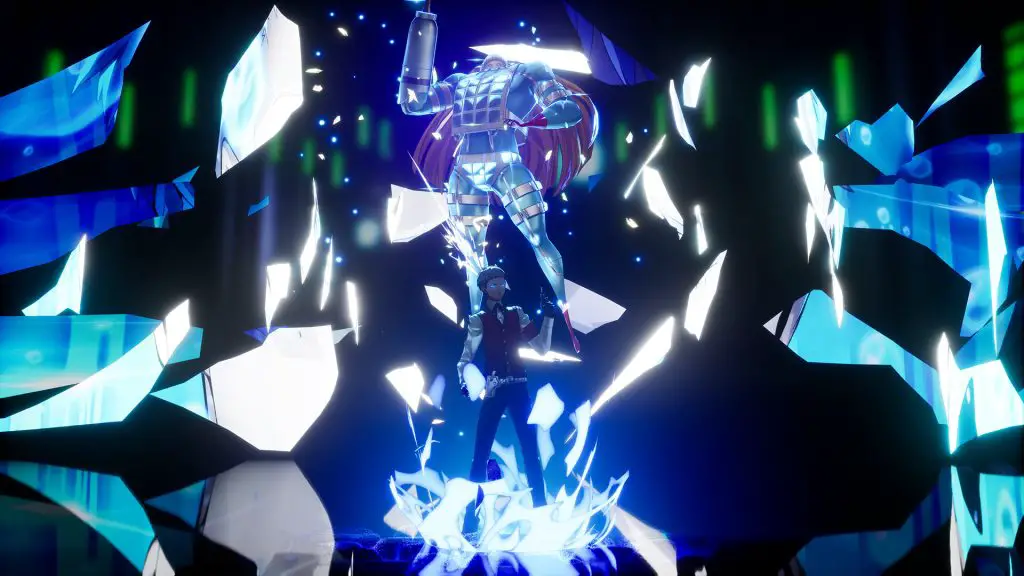
If there is one thing I haven’t covered yet in this review, it is the Personas, where the game gets its namesake. Personas are demon-like creatures that each team has, except for the main character, who can control many different types. While in hindsight, you can only control one at a time, the main character can swap between different Personas, allowing him to change his strengths and weaknesses on the fly.
Depending on who’s in the party at the time, it can help keep a balance of abilities. Due to this ability to control many Personas, our main character has access to a special place known as the Velvet Room, which can be used to fuse Personas and create new ones, which is where the social links help out. In other words, everything you do in Persona can, in one way or another, help in the long run until you complete the game.
Conclusion
If you have never played a Persona game before or just dabbled with the series, Persona 3 Reload is a good start. Everything about it is made so anyone can get to grasp the series, and unlike Persona 4 and 5, which felt a tad slow to start for me, I got right into this from the beginning and have not stopped playing, which is rare for me and RPGs sometimes. If you like mature stories in your RPGs, this is the perfect game for you, with elements rarely seen in most RPGs or games.
Persona 3 Reload was played for over 30 hours, with most of the story completed.
Persona 3 Reload is available now on PC, PS5 and Xbox Series S|X. SEGA provided a review code.

